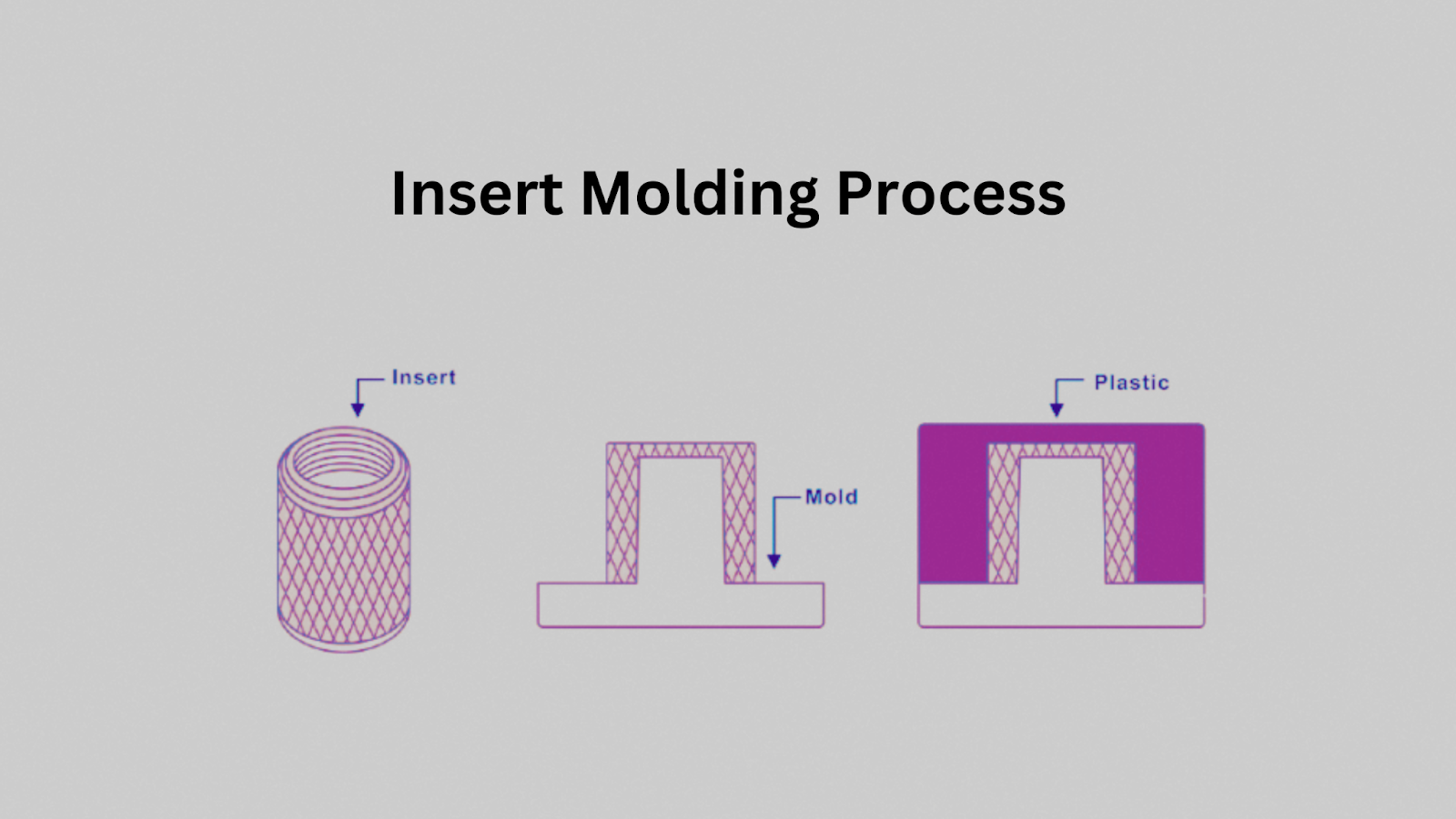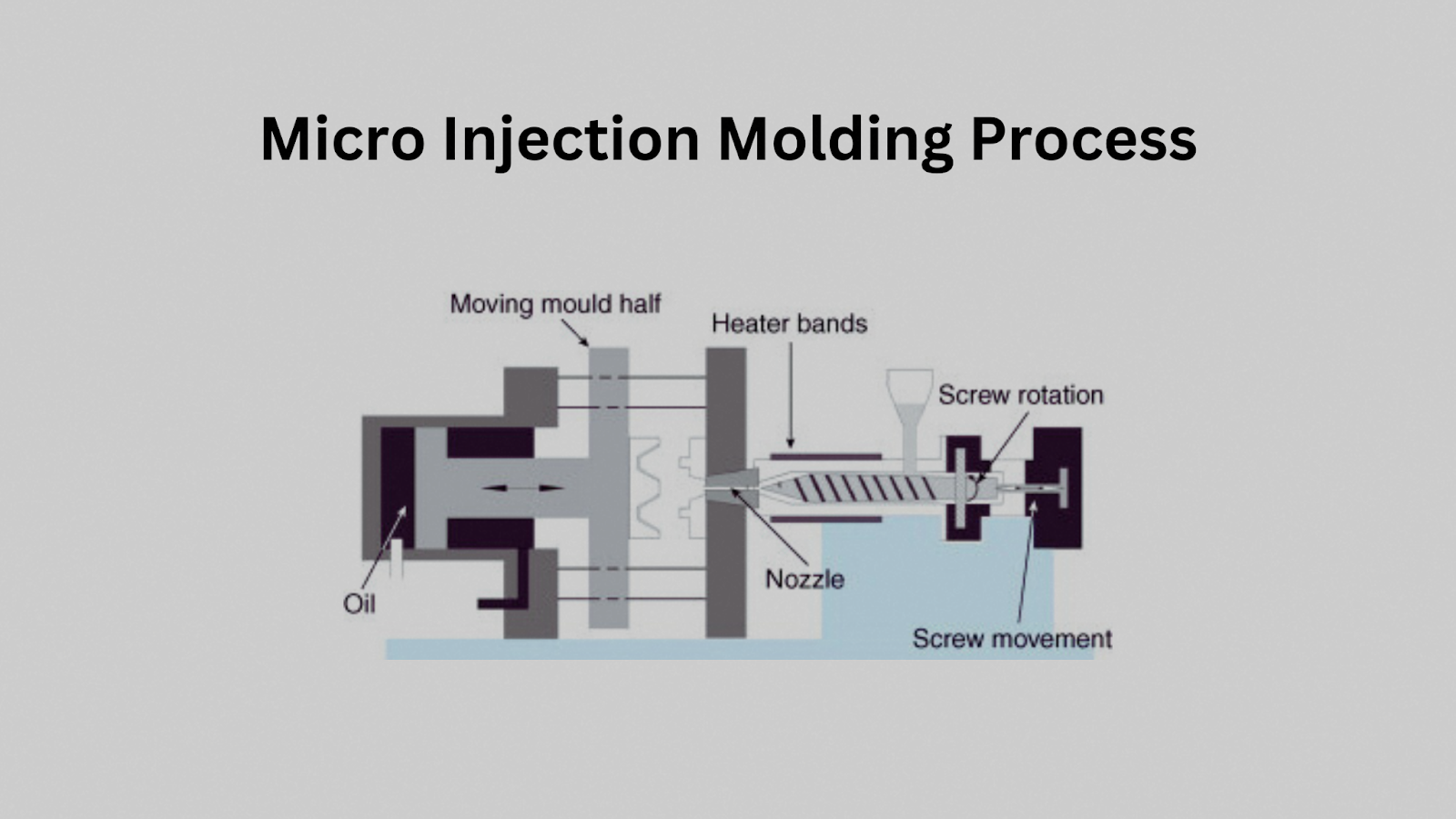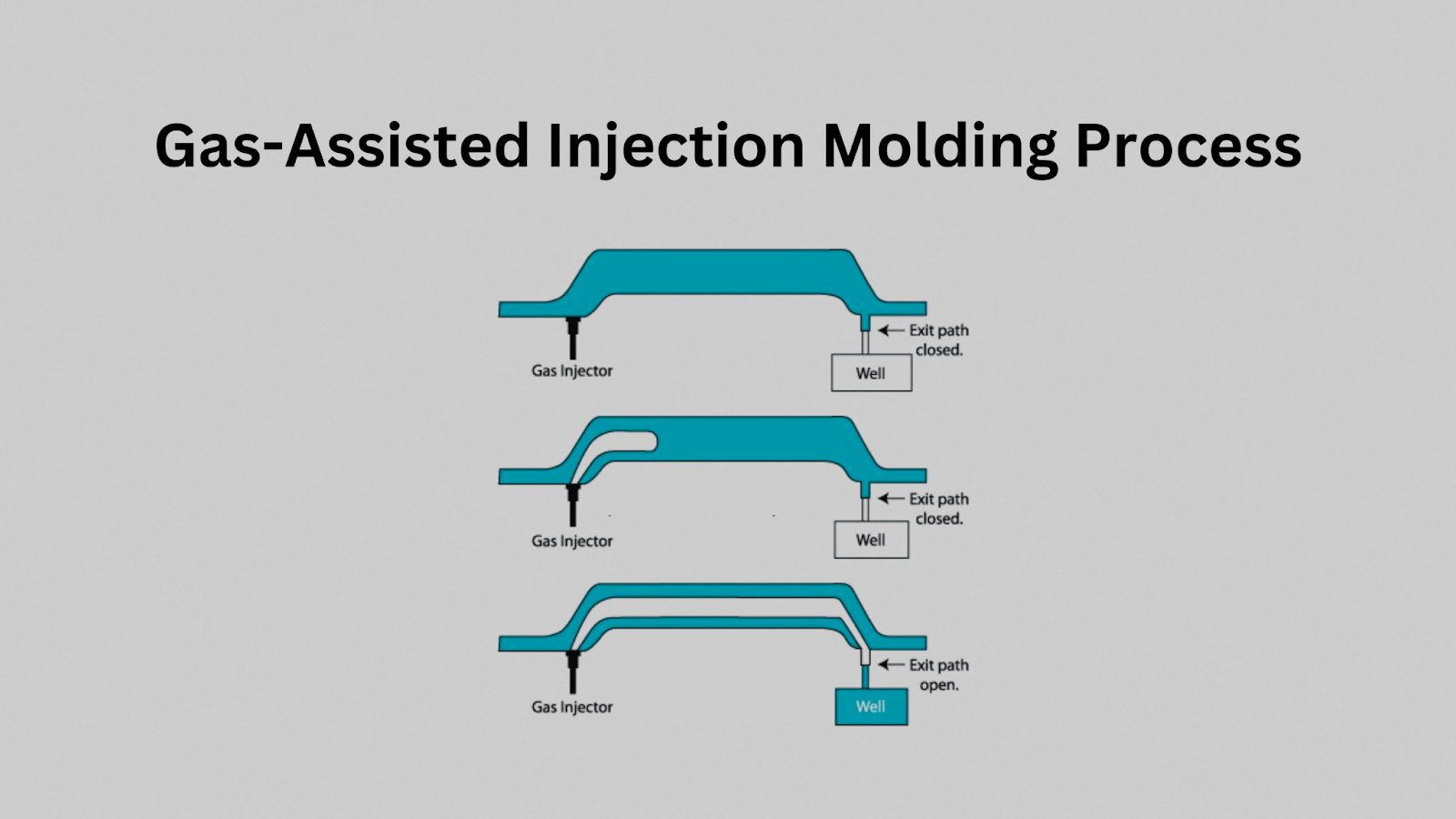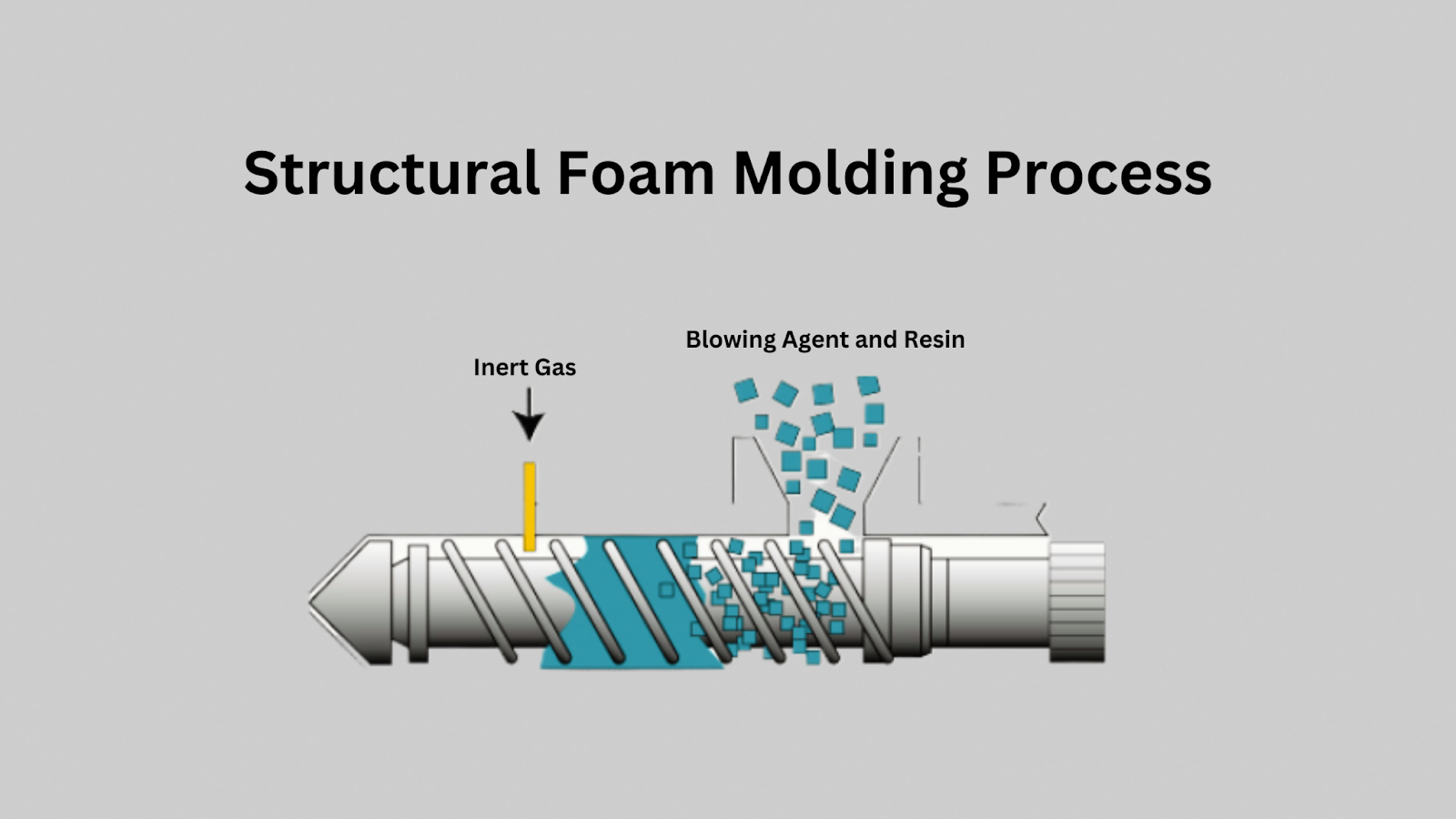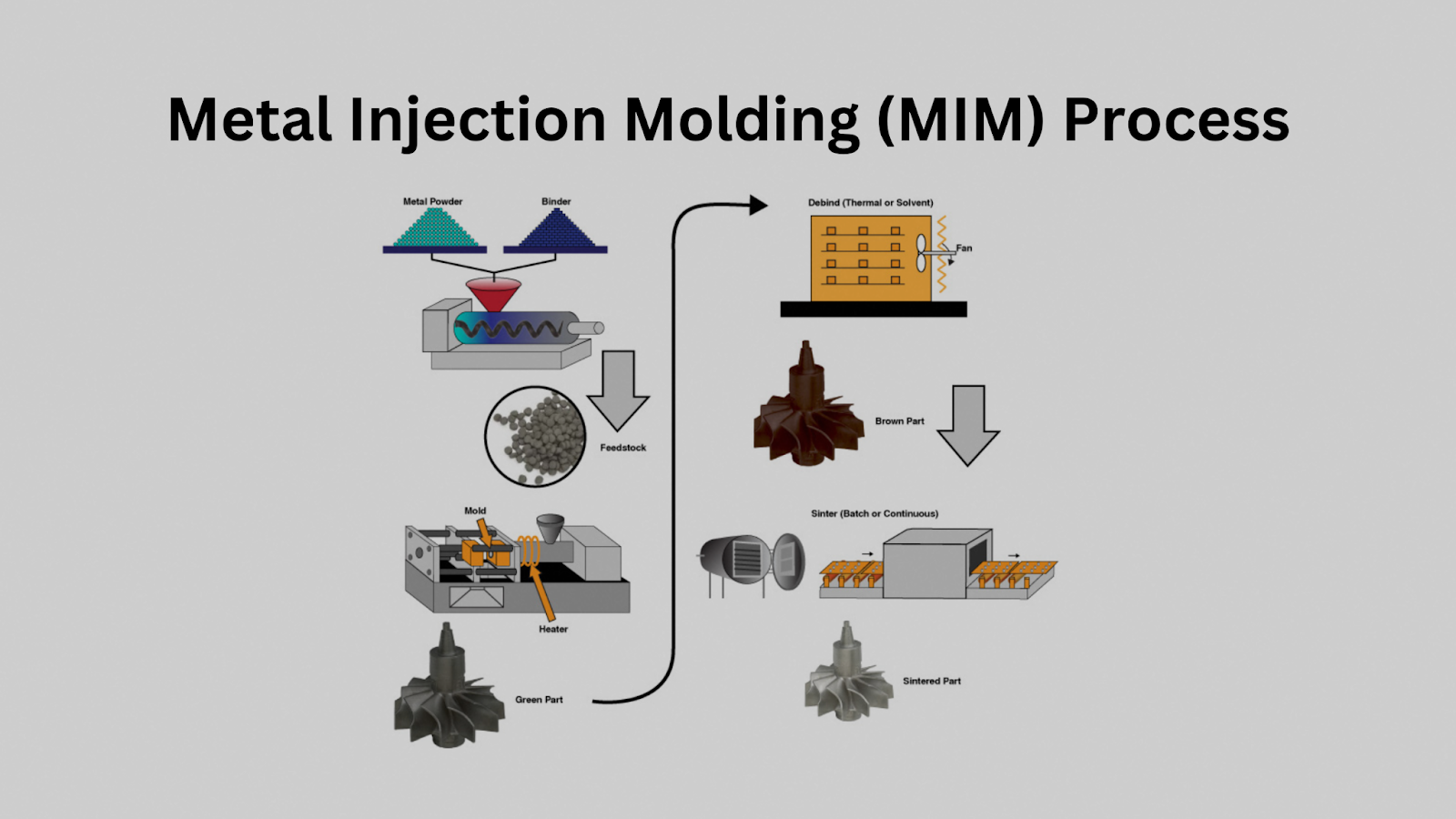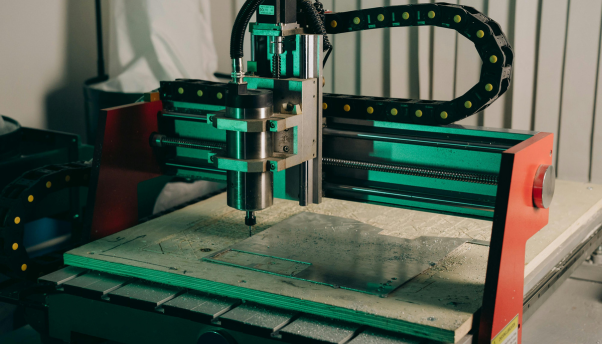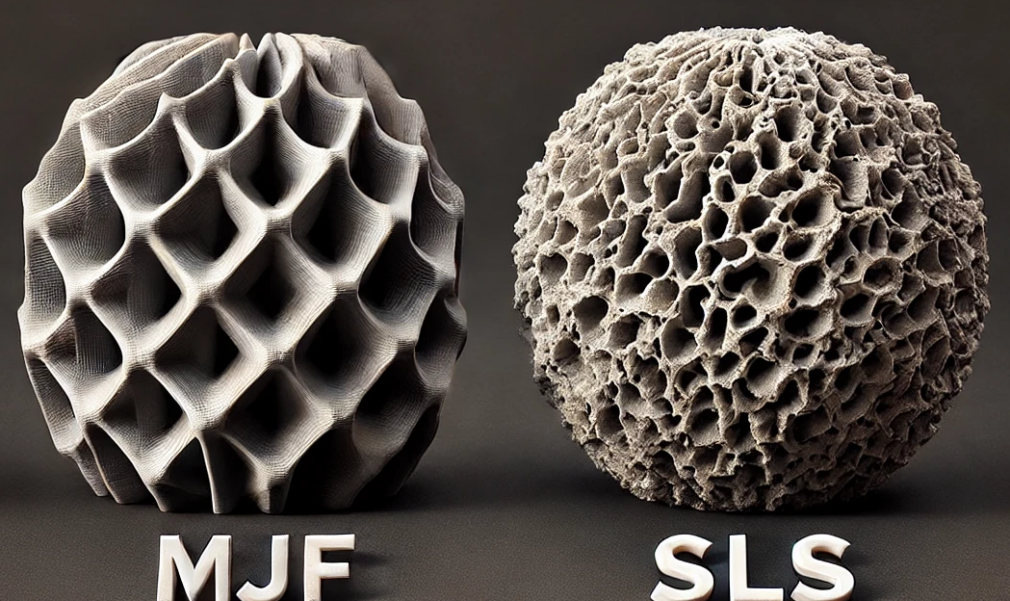If you are venturing into manufacturing, learning the different types of injection molding is as good as knowing the right tool to have for the job-it saves you time, money, and headaches. Injection molding in its very essence is a process used to put molten material, be it plastic or metal, into molds, cool it down, and pop out finished parts.
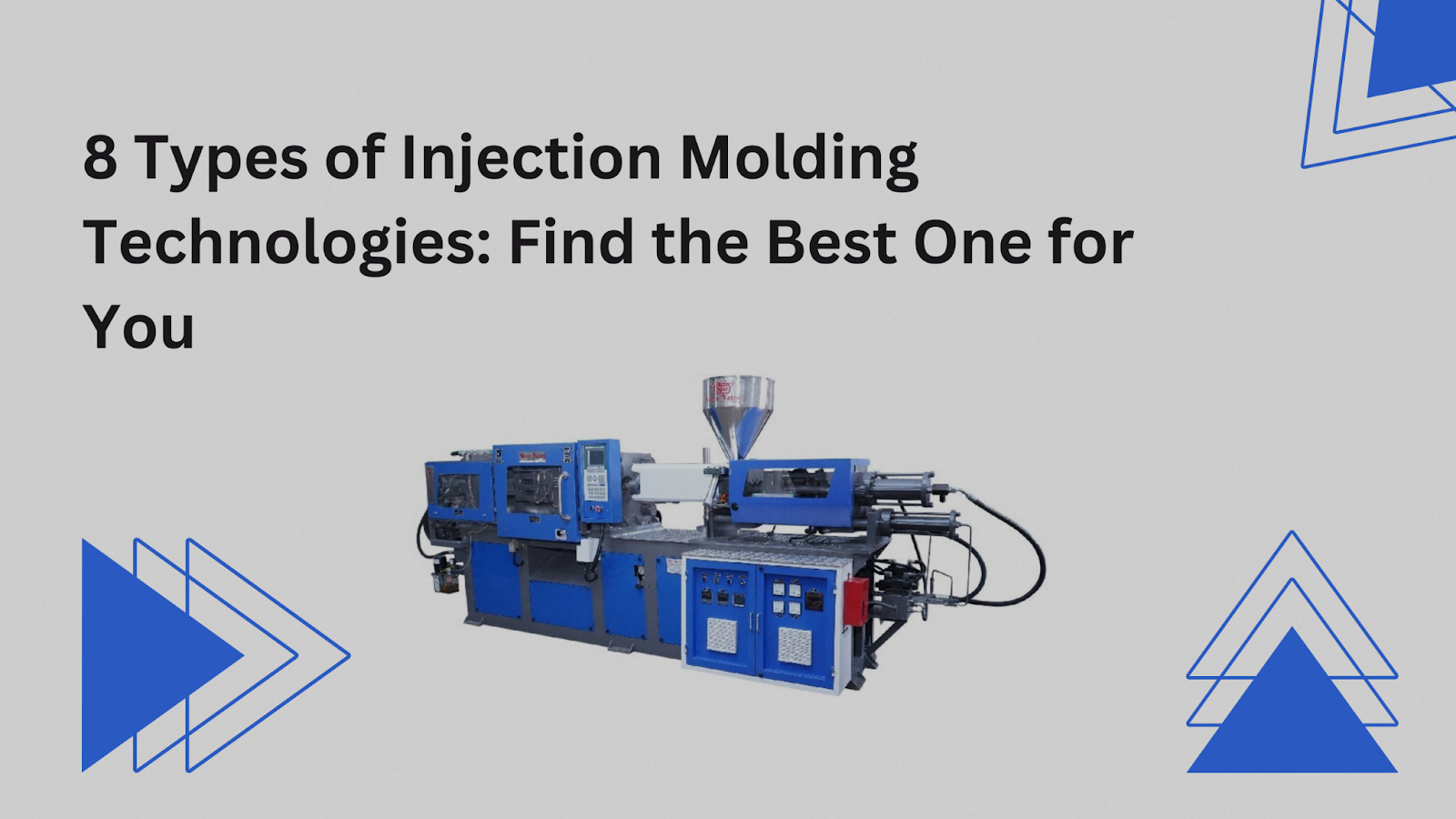
Understanding all types of injection molds means that you know the right tool for the job, saving you time, money, and headaches. There are a total of eight distinct injection molding technologies, and picking the wrong one might easily spell disaster for your project. So we will go on and break them down for you so that you may choose wisely.
8 Types of Injection Molding Technologies: Find the Best One for You
Take a quick look at the following table for a detailed breakdown:
| Method | Best For | Material Saving | Complexity |
| Standard | High Volume Basics | Moderate | Low to moderate |
| Insert Molding | Hybrid metal plastic parts | Low | Moderate |
| Over Molding | Ergonomic grips | Moderate | High |
| Micro Molding | Tiny, precise components | High | Very High |
| Glass assisted | Hollow, lightweight parts | High | Moderate |
| Structure Foam | Large sturdy items | Moderate | Low |
| LSR | Heat Flexible seals | Moderate | High |
| MIM | Strong, intricate metal | High | Very High |
What Is Injection Molding?
Imagine if you were to squeeze melted plastic into a LEGO mold, and you’d come up with the perfect little bricks, that is injection molding in a nutshell. It is the process of heating materials and then injecting them into shaped molds as a solid when cooled within a high-pressure environment, making it fast and accurate for the production of thousands of identical parts.
But the real question is, which of the eight different types of injection molding is actually what you need? Let us go through each method, its pros, and its specific quirks.
1. Standard Injection Molding: The Classic Workhorse
What It Is: Let’s say you need to manufacture 50,000 plastic bottle caps. You aren’t looking for any bells and whistles: just a simple, no-nonsense, inexpensive method of doing it. Standard injection molding process is the granddaddy of all types of injection molding.
This method is the backbone of mass production, churning out simple to moderately complex parts with clockwork consistency.
Why It’s Everywhere:
- Low Cost Per Unit: Let’s say you’re a startup launching a new kitchen gadget. Standard molding slashes costs when you’re ordering 10,000+ units. The upfront mold cost spreads out, making each piece dirt cheap.
- Consistency is King: Ever wonder why every LEGO brick snaps together perfectly? Standard molding ensures minimal defects, so your parts fit like puzzle pieces.
- Material Flexibility: From rugged ABS (think car dashboards) to bendy polypropylene (like yogurt tubs), this process handles most thermoplastics. Even recycled materials? Yep, eco-friendly brands love this perk.
| Advantages | Disadvantages |
| Toys That Last: Those indestructible action figures your kids hurl across the room? Thank standard molding. | Upfront Costs: The mold itself can cost thousands, but it’s a steal if you’re making 100k+ parts. |
| Auto Industry Staples: Dashboard panels, cup holders, and trim pieces are all born from this method. | Design Limits: Undercuts or super-thin walls? Not this method’s forte. Keep it simple. |
2. Insert Molding: Metal Meets Plastic
What It Is: Imagine embedding a tiny brass screw thread directly into a plastic housing, no glue, no screws, no post-assembly fuss. That’s insert molding in action. It’s like giving plastic parts a metal skeleton for added strength.
Why Engineers Love It:
- One-Step Assembly: Say goodbye to hiring someone to manually screw metal inserts into plastic. The mold does it all, slashing labor costs.
- Unshakeable Durability: Those prongs on your phone charger? Insert molding ensures they don’t snap off after three uses.
Material Matchups:
- Plastics: Nylon and polycarbonate bond beautifully with metals.
- Inserts: Brass, stainless steel, or even ceramics for heat resistance.
Pro Tips:
- Design Smart: Make sure inserts have knurls or grooves so molten plastic grips them like Velcro.
- Avoid Thermal Shock: Preheat metal inserts to prevent cooling the plastic too fast (which can cause weak spots).
Where You’ve Seen It:
- Medical Tools: Scalpel handles with embedded stainless steel blades.
- Car Interiors: Dashboard buttons with metal contacts for backlighting.
3. Overmolding: Layers of Functionality
What It Is: Ever gripped a screwdriver with a comfy rubber handle? That’s over-molding, a two-material tango where a soft layer (like rubber) hugs a rigid plastic core.
Why It’s a Game-Changer:
- Ergonomics on Steroids: Think toothbrush handles that don’t slip in the shower.
- Shock Absorption: Power tool grips that save your hands from vibrations.
Material Chemistry:
- Base Layer: ABS or polypropylene for structure.
- Overmold: Thermoplastic elastomers (TPE) or silicone for squishy goodness.
Design Hacks:
- Bonding Secrets: Some plastics hate each other. Use materials with similar melt temperatures, or add mechanical locks (like tiny undercuts) to keep layers glued.
- Color Play: Want a neon grip on a black handle? Overmolding lets you mix hues without paint.
Everyday Heroes:
- Medical Devices: IV drip valves with soft-touch controls.
- Consumer Tech: Waterproof watch casings with silicone seals.
4. Micro Injection Molding: Small Parts, Big Precision
What It Is: We’re talking about parts smaller than sesame seeds, gears for wristwatches, and connectors for hearing aids. Micro molding is the Swiss watchmaker for different types of injection molding.
Why Size Matters:
- Tolerances Tighter Than a Drum: Think 0.0001 inches, thinner than a human hair.
- Zero Waste: These machines use shot sizes as tiny as a grain of sand.
Material Genius:
- LCP (Liquid Crystal Polymer): Handles heat like a champ, perfect for micro connectors in your laptop.
- PEEK: Bio-compatible and tough, ideal for surgical implants.
Behind the Scenes:
- Machines with Microscopes: Operators use magnifiers to inspect parts. One speck of dust? The whole batch is toast.
- Robotic Ejection: Tiny parts are vacuumed gently out of molds to avoid losing them.
The tiny mesh filter in your earbuds? Probably micro-molded.
5. Gas-Assisted Injection Molding: Lightweight and Hollow
What It Is: Blowtorches not included! Here, nitrogen gas is injected into molten plastic, creating hollow channels. The result? Parts that are light but strong, like bike handlebars.
Perks You’ll Love:
- Material Savings: Up to 40% less plastic is used. Cha-ching!
- No Sink Marks: Ever seen a depression on a thick plastic part? Gas pressure prevents that.
Material Match:
- ABS: For parts needing toughness (like car bumpers).
- Polypropylene: Flexible enough to handle gas expansion without cracking.
Cool Applications:
- Furniture: Hollow chair legs that look solid but weigh nothing.
- Auto Parts: Ductwork with complex internal channels for airflow.
Pro Tip: Use gas-assisted for parts thicker than 4mm, anything thinner and the gas can blow right through.
6. Structural Foam Molding: Strength Without the Weight
What It Is: Mix a foaming agent into plastic, and voilà, you get a part with a foam core and solid skin. It’s like a chocolate bar with a crispy center but for industrial parts.
Why Go Foam?:
- Light as a Feather: Perfect for pallets that workers lift all day.
- Lower Pressure: Machines last longer since they’re not pushing molten plastic like a bulldozer.
Material Lowdown:
- Polycarbonate Foam: For translucent panels needing light diffusion.
- Polyurethane: Dense foam for load-bearing machine bases.
Hidden Wins:
- Hides Flaws: That foam core camouflages flow lines or minor voids.
- Insulation: Foam-filled parts block heat or noise—great for AC housings.
Where It Shines:
- Construction: Scaffolding plugs that don’t strain workers’ backs.
- Agriculture: Seed hoppers that are easy to carry across fields.
7. Liquid Silicone Injection Molding (LSR): Flexibility Meets Heat Resistance
What It Is: Silicone bakeware that survives 500°F ovens? Thank LSR molding. This method uses liquid silicone rubber (LSR) for parts that flex, stretch, and laugh at high temps.
Why Silicone Rocks:
- Autoclavable: Medical tools can be sterilized repeatedly without degrading.
- Baby-Safe: Non-toxic and odorless, ideal for pacifiers.
Process Quirks:
- Cold Runner Systems: Unlike traditional molds, LSR uses chilled runners to prevent curing too soon.
- Two-Part Mix: LSR is stored as two liquids (like epoxy) and mixed right before injection.
- Medical: Seals for IV pumps that flex millions of times without tearing.
- Food Industry: Spatula heads that won’t melt on hot pans.
8. Metal Injection Molding (MIM)
When Plastic Isn’t Tough Enough
What It Is: Think of MIM as 3D printing’s burly cousin. It blends fine metal powder (like stainless steel) with a binder, molds it into shape, then bakes it in a furnace to create solid metal parts.
Why Choose MIM:
- Complexity for Cheap: Intricate gears that’d cost a fortune to machine are affordable with MIM.
- Strength on Par with Machining: Parts are 95-98% as dense as solid metal.
Chemistry of Material:
- Stainless Steel 17-4 PH: For surgical tools that resist corrosion.
- Tungsten: Used in radiation shielding, yes, it’s that dense.
Behind the Scenes:
- Debinding: After molding, parts are soaked in solvent to remove the binder—like dissolving glue.
- Sintering: Parts are heated just below melting point, fusing metal particles into a solid.
Wow Factor: The tiny hinges on your glasses? Possibly MIM-made.
Get Injection Molding Services for Your Next Project
So, you’ve picked the right types of injection molding for your project, now what? Partnering with a manufacturer that gets your vision is half the battle. Future Parts, a company that’s been nailing injection molding since day one. Here’s why they’re a cut above the rest:
Why Future Parts?
- State-of-the-Art Machines: They use the latest types of injection molding machines, including all-electric models for whisper-quiet operation and hybrid systems for heavy-duty jobs.
- Material Mastery: From everyday ABS to exotic LSR and PEEK, they’ve got 50+ materials in their arsenal.
- Soup-to-Nuts Service: They handle mold design, prototyping, production, and even assembly—no juggling multiple vendors.
- Speed Demon Mode: Need a prototype yesterday? Their 5–7 day turnaround is a game-changer.
Our ISO certifications mean even the fussiest industries (like medical devices) trust them. Check out our injection molding services to start.
Classification of Injection Molding Machines and Molds
Different Types of Injection Moulding Machines
The types of injection molding machines you’ll encounter boil down to three main flavors:
- Hydraulic Machines: The old-school heavy lifters. They’re tough and handle large parts, but guzzle energy like an SUV.
- Electric Machines: The precision ninjas. Faster, quieter, and 60% more energy-efficient—perfect for tiny parts.
- Hybrid Machines: The best of both worlds. Electric for speed, hydraulic for power. Ideal for complex projects.
Different Types of Injection Molds
Molds aren’t one-size-fits-all. Here’s the lowdown:
- Two-Plate Molds: Simple and cheap. The mold splits into two halves—great for basic parts.
- Three-Plate Molds: Adds a middle plate for automatic part ejection. Handles trickier designs.
- Hot Runner Molds: Keeps material molten in the channels, reducing waste. Pricey but worth it for big runs.
Final Thoughts
Choosing the right types of injection molding isn’t just about picking a process, it’s about matching your project’s needs to the method’s strengths. Need a million toy cars? Standard molding’s your buddy.
Crafting a heat-resistant medical seal? LSR is the hero. And if you’re stuck, companies like Future Parts can steer you straight. Remember, the right choice saves cash, time, and sanity.
FAQs
1. What industries commonly use injection molding?
Injection molding is widely used in different industries such as automotive, consumer goods, medical devices, electronics, and packaging.
2. What are the two common types of injection molding processes?
Standard and insert molding dominate due to their versatility in everyday manufacturing.
3. What types of injection molding machines force material into molds?
Hydraulic, electric, and hybrid machines all do the job, but electric models offer pinpoint accuracy for complex parts.


